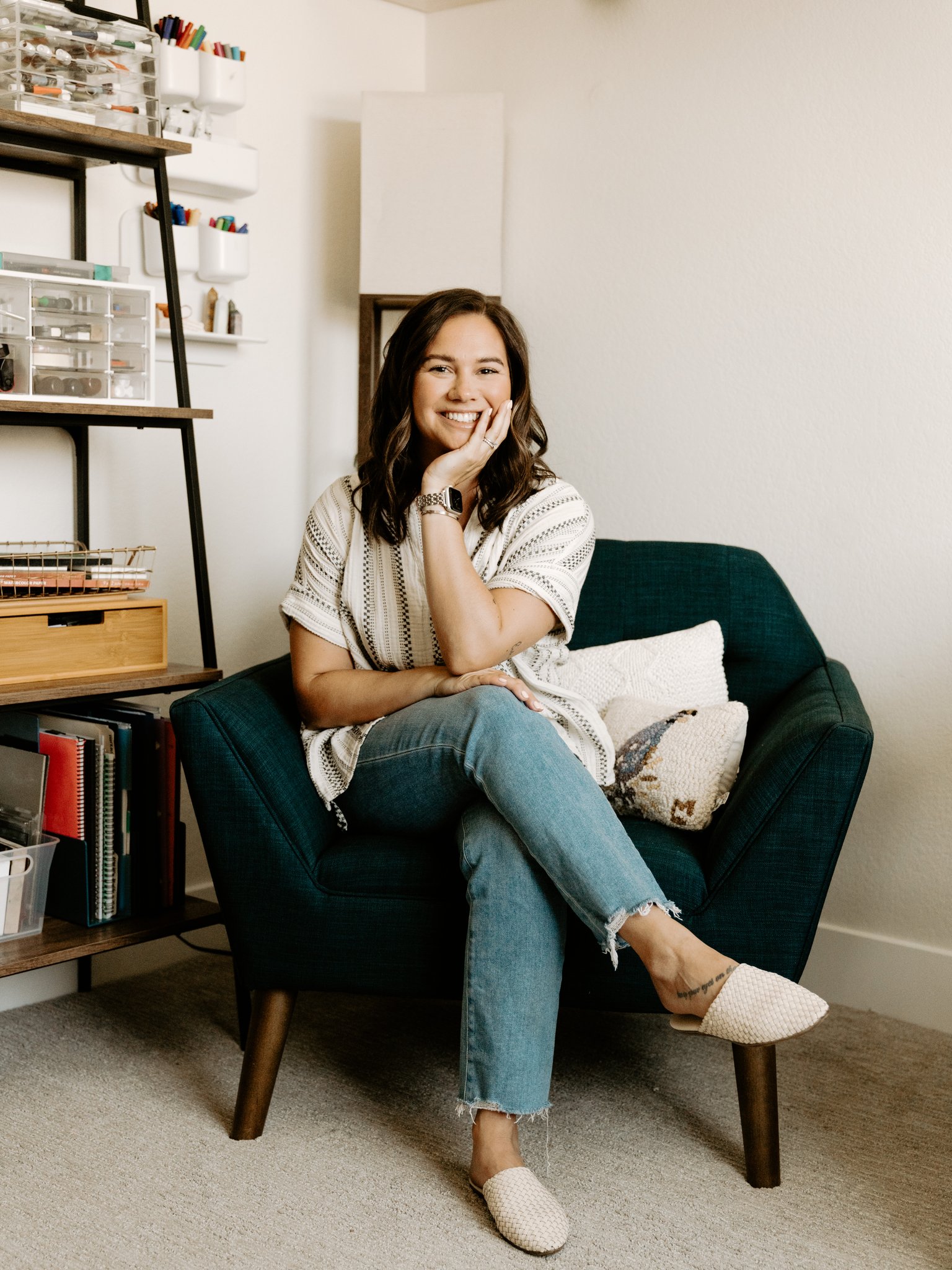We caught up with the brilliant and insightful Marina Doering a few weeks ago and have shared our conversation below.
Alright, Marina thanks for taking the time to share your stories and insights with us today. We’d love to hear about how you went about setting up your own practice and if you have any advice for professionals who might be considering starting their own?
The Journey Behind Creative Continuum Therapy: Empowering Neurodivergent Lives with a Holistic Approach
Starting Creative Continuum Therapy was a journey born from a deep desire to offer neurodivergent individuals the compassionate, holistic care they truly deserve. After years of working in various clinical settings, it became clear that many individuals with neurological and neurodevelopmental differences weren’t receiving the specialized care they needed to thrive. This realization sparked my vision to create Creative Continuum Therapy—a practice dedicated to providing more than just treatment, but a space for empowerment, healing, and self-discovery.
Today, I’m excited to share the story of how Creative Continuum came to life, the guiding principles behind it, and how the name itself reflects the unique, transformative process we offer through therapy.
The Inspiration Behind Creative Continuum
The idea for Creative Continuum Therapy grew from my recognition that many neurodivergent individuals—whether they have ADHD, autism, brain injuries, anxiety, or other conditions—were not receiving the specialized, holistic care they needed. Through years of working in inpatient care, outpatient settings, and private practice, I saw firsthand the struggles these individuals faced. There was a common thread: too often, therapy felt disconnected from their true needs.
I wanted to change that by creating a space where each person—whether a child, adolescent, or adult—was seen as a whole, unique individual. Creative Continuum was intentionally built to be a place where healing is not one-size-fits-all. Instead, it’s an environment where each client is supported through a personalized, compassionate approach that honors their individual neurological experience. The practice was designed to help individuals grow, heal, and truly thrive in their own unique way.
The name “Creative Continuum” reflects these principles in a deeply meaningful way. The word “Creative” highlights our approach, blending expressive therapies—like art therapy, yoga, and mindfulness—with traditional therapeutic techniques. Creative expression is a powerful tool for self-understanding and healing, particularly for those who may struggle to articulate their feelings with words. “Continuum” speaks to the ongoing, evolving process of therapy—how healing and growth are not linear but continuous, with each step building on the last. It mirrors the fluid and dynamic nature of therapy, especially for neurodivergent individuals, whose needs and experiences can shift over time.
The Expressive Therapies Continuum: A Foundation for Our Work
To better understand the deeper meaning behind the name Creative Continuum, it’s helpful to understand the concept of the Expressive Therapies Continuum (ETC). This therapeutic framework is based on the idea that individuals can express themselves through different levels of creative media, from more structured and cognitive forms of expression (like talk therapy or writing) to more spontaneous and body-oriented forms (like art-making or movement). The Expressive Therapies Continuum helps therapists assess where a client is emotionally or developmentally and select the most effective methods to support their growth.
This model deeply influenced the philosophy behind Creative Continuum Therapy. Just as the ETC recognizes an ongoing process of expression, our practice honors the evolving journey of our clients. Whether working with children, adolescents, or young adults, we understand that healing is not a fixed destination—it’s a continuous journey, and therapy needs to adapt to the changing needs of each individual.
The Three Pillars of Our Approach: Education, Integration, and Regulation
At Creative Continuum, our approach to therapy is grounded in three core principles: Education, Integration, and Regulation. These pillars work together to create a holistic therapeutic experience, ensuring that each individual’s mind, body, and spirit are nurtured throughout the healing process.
Education comes first. We believe that understanding is the key to personal transformation. Our therapy services focus on providing education about the unique neurological needs of each client. Through this, we aim to build a deeper awareness of themselves and their experiences. Whether it’s learning about ADHD, autism, anxiety, or other neurodivergent conditions, education empowers individuals to navigate their challenges with greater confidence and clarity. It opens the door to self-acceptance and helps clients make sense of their experiences in ways that feel empowering.
Next, we focus on Integration. Integration is where the mind, body, and spirit come together to support long-lasting change. By connecting education with practical skills, clients can apply what they’ve learned in real-world situations. Integration is about taking the tools and insights gained through therapy and making them a part of everyday life. This phase is critical for creating sustainable change, as it helps clients put into practice the strategies and knowledge they’ve developed. It’s about bridging the gap between insight and action, making sure the growth achieved in therapy translates into greater balance and empowerment outside the therapy room.
Finally, we turn to Regulation—the process of building emotional and behavioral resilience. Emotional regulation is critical for managing life’s ups and downs. We teach clients to recognize and manage their emotional responses, identify triggers, and develop coping strategies that reduce stress and enhance emotional balance. Through mindfulness techniques, breathing exercises, yoga, and body-focused therapies, we guide individuals in finding calm and grounding. For many neurodivergent clients, regulation is a key area of growth, and we ensure they have the tools to manage emotions and behaviors in healthy, functional ways.
A Unique Blend of Therapeutic Techniques: Art, Yoga, and Traditional Therapy
What sets Creative Continuum apart is the integration of both traditional and expressive therapeutic methods. As an art therapist and yoga practitioner, I bring these modalities into therapy to help clients, where appropriate, express themselves in creative, non-verbal ways. Art therapy is particularly powerful because it allows clients to tap into their subconscious and communicate emotions that might be hard to express with words. Whether through drawing, painting, or sculpting, art opens new pathways for understanding and healing.
Additionally, I incorporate yoga and mindfulness practices into therapy. For neurodivergent individuals, these practices offer a way to connect with their bodies and develop greater awareness of their emotions. They’re tools for calming the nervous system, grounding in the present moment, and improving self-regulation. These holistic approaches help clients develop a mind-body connection that’s essential for emotional and physical well-being.
Whether it’s a child who struggles with focus, a teenager working through social anxiety, or an adult navigating the complexities of ADHD, these techniques help build a deeper sense of self-awareness and emotional resilience.
Challenges Along the Way: From Vision to Reality
Like any entrepreneurial journey, starting Creative Continuum Therapy was not without its challenges.
1. Financial Risk and Uncertainty: Leaving behind a secure job to start a private practice was a significant risk, especially with the uncertainty of whether clients would find their way to me. Fortunately, I had a few clients follow me from previous roles, which helped ease the transition. But building a solid client base from the ground up required patience, persistence, and a lot of networking.
2. Balancing the Clinical and Business Sides: As a clinician, my focus has always been on my clients, but running a business requires attention to finances, marketing, insurance, and other operational aspects. It was a steep learning curve, but over time, I built a network of business mentors who helped me manage these responsibilities while staying true to my therapeutic mission.
3. Finding the Right Space: Creating a physical space that matched the energy and ethos of Creative Continuum was incredibly important. I wanted a space that felt warm, welcoming, and reflective of our holistic approach to therapy. When I found the right location, it felt like a home for healing—a place where both clients and therapists could grow together.
The Reward of Helping Neurodivergent Individuals Thrive
Despite the challenges, the rewards of building Creative Continuum Therapy have been immense. When I see a child develop greater emotional regulation, or a teen express themselves through art for the first time, it reaffirms why I do this work. It’s these moments of transformation—when a client begins to see their own worth, embrace their strengths, and grow in confidence—that make it all worthwhile.
The practice has grown over the years, evolving with the changing needs of our neurodivergent clients. I’m deeply proud of the work we do, and I’m excited to continue expanding our approach to meet the needs of those we serve.
Advice for Young Professionals Considering Private Practice
If you’re a young professional thinking about starting your own practice, here are a few things I’ve learned along the way:
1. Stay True to Your Vision: Starting a practice requires a lot of hard work and perseverance, but if you’re passionate about your mission and the difference you can make, it’s worth every challenge. Stick to your vision, and the rest will follow.
2. Seek Mentorship and Support: Building a practice can feel overwhelming, but you don’t have to do it alone. Lean on mentors, business professionals, and peers who can guide you and help you through the challenges.
3. Practice Patience: Growing a practice takes time. Don’t rush the process. Focus on building strong relationships and providing quality care, and success will come.
4. Prioritize Self-Care: You can’t pour from an empty cup. Make sure you take time for yourself to recharge and stay passionate about the work you do.
Through all of it, the heart of Creative Continuum Therapy remains the same: a commitment to helping neurodivergent individuals find their path to empowerment, balance, and growth. I feel privileged to be a part of this journey and look forward to the many transformations ahead.

Great, appreciate you sharing that with us. Before we ask you to share more of your insights, can you take a moment to introduce yourself and how you got to where you are today to our readers.
At Creative Continuum, we’re a specialized therapy practice that offers more than just treatment—we create a space for empowerment, healing, and self-discovery. Our mission is to provide personalized, holistic care that meets the unique needs of neurodivergent individuals, including those with ADHD, autism, brain injuries, anxiety, and other conditions. We understand that everyone’s brain works differently, and we tailor our approach to ensure that the therapy we offer fits each person’s individual experience, challenges, and strengths.
What sets us apart is our commitment to integrating the Expressive Therapies Continuum (ETC)—a framework that draws on a wide variety of therapeutic techniques to help individuals access emotions and ideas in ways that go beyond just words. Traditional therapy often relies heavily on talking and verbal communication, but this approach can fall short for many people, especially those with developmental differences or brain injuries who may struggle with verbal expression. We believe that therapy should be dynamic and adaptable, which is why we use creative modalities like art and other forms of self-expression to help our clients unlock new pathways to understanding and healing.
For example, when you think about therapy in popular culture—like the image of a client lying on a leather couch, speaking aimlessly while a clinician takes notes—this can often feel impersonal and out of touch. The assumption that a client will be able to conceptualize, organize, and articulate their thoughts in a clear way is a big challenge for many people. Children, individuals with ADHD, or those recovering from brain injuries may struggle to verbalize what they’re feeling, often due to the biomechanical and developmental challenges of their brains. Traditional methods may not be effective for them, which is where we step in.
Through the use of the ETC, we help our clients tap into their subconscious and express emotions and thoughts in ways that words alone can’t capture. For instance, art therapy can be especially powerful. Whether through drawing, painting, or sculpting, art allows clients to communicate big emotions or complex ideas that may be difficult to verbalize. This opens new doors for understanding and healing, especially for those who find it challenging to express themselves verbally.
What I’m most proud of is how we’ve been able to build a practice that honors the individuality of each client. I firmly believe that therapy is not a one-size-fits-all experience. Each person is different, and so is their healing journey. Our goal is to create a flexible, supportive environment where people can discover new ways to understand themselves, improve their well-being, and work through their struggles at their own pace.
For potential clients, followers, or anyone learning about Creative Continuum, I want them to know that we’re not just here to provide therapy—we’re here to offer a collaborative space for self-discovery and growth. We know how hard it can be to feel like you’re not being heard, or to feel like your unique experiences aren’t understood. But at Creative Continuum, we meet you where you are and provide the tools and techniques that work best for you, whether that’s through art, movement, or other creative therapies. Ultimately, we want our clients to feel empowered, understood, and supported as they navigate their personal journeys toward healing.

Have any books or other resources had a big impact on you?
As an entrepreneur and leader in a therapeutic practice, I’ve found that managing a business in the wellness space requires not only clinical expertise but also a clear sense of purpose, adaptability, and resilience. One resource that’s had a significant impact on my thinking is an essay by Sahil Bloom, titled An Open Letter to My Lost Younger Self. This essay, which offers reflections on navigating uncertainty and overcoming feelings of being “lost,” resonated deeply with me and has influenced how I approach both my personal and professional life.
In the essay, Bloom shares his experience of feeling lost in his late 20s—something many of us can relate to, especially when embarking on the challenging journey of entrepreneurship. He offers five key lessons that I believe are particularly relevant to my role as the founder of Creative Continuum and our mission to offer holistic care to neurodivergent individuals.
1. Reclaiming Your Power Through Action Bloom emphasizes the importance of “micro-proof”—creating small, achievable actions to build confidence and momentum. This has been crucial in my own entrepreneurial journey. There are countless moments when running a business feels overwhelming, and the idea of making grand plans can be paralyzing. Bloom’s advice to take small, consistent actions has been instrumental in helping me tackle challenges, whether that’s refining our therapeutic methods, developing partnerships, or navigating the complexities of client care. By focusing on consistent, incremental steps, I’ve been able to regain my sense of control and direction, even in uncertain times.
2. The Answer is Found in the Action Bloom argues that overthinking and over-planning can be a barrier to progress, and that true clarity comes through taking action. This has certainly applied to how we build Creative Continuum. We’ve learned to focus less on trying to perfect every aspect of our business or therapy offerings and more on getting things done. This mindset shift has helped us remain flexible and adaptive in responding to the ever-changing needs of our clients. Whether it’s testing a new expressive therapy technique or trying different ways to reach potential clients, action—no matter how small—helps us refine our approach.
3. Trusting in the Trend, Not the Position Comparing our current position to others can often leave us feeling behind or inadequate. Instead, Bloom encourages us to focus on the “trend”—the ongoing progression and improvements we make every day. This philosophy is vital in our field, especially when working with neurodivergent clients who may have unique developmental timelines. We measure our success not by how we compare to others, but by the progress we see in our clients, our ability to refine our methods, and the impact we make over time. Our growth, just like our clients’, is about the journey and the trends we create through our consistent efforts.
4. Creating Value for Everyone A central tenet of Bloom’s letter is the importance of creating value for others—whether clients, colleagues, or collaborators. This speaks to the heart of what we do at Creative Continuum: we’re not just offering therapy, we’re creating a space where individuals can find empowerment and healing. Our unique approach to incorporating expressive therapies into neurodivergent care is our way of providing value. It’s about more than just fixing problems; it’s about helping clients unlock their full potential, express themselves authentically, and feel understood. This mindset guides every decision we make in our practice, from client care to business operations.
5. Finding Your Challenge-Seekers The idea of finding “challenge-seekers” in Bloom’s essay is particularly meaningful for me. In this work, it’s essential to be surrounded by like-minded individuals who push you to grow, think bigger, and stay committed to the mission. In the context of Creative Continuum, this has translated into finding collaborators—whether in the form of other therapists, community partners, or clients—who are motivated by the same vision of providing holistic, client-centered care. These challenge-seekers encourage me to think outside the box, take risks, and continue to evolve both personally and professionally.
Overall, Bloom’s reflections have reaffirmed the importance of embracing uncertainty, taking small steps, and trusting in the process—both for myself as a business owner and for the clients we serve. His essay is a reminder that the path to success is rarely linear and that each step, whether it feels like progress or struggle, is part of the larger journey of finding and becoming. This mindset has shaped how we approach our work at Creative Continuum, where every day is an opportunity to grow, learn, and create meaningful change.
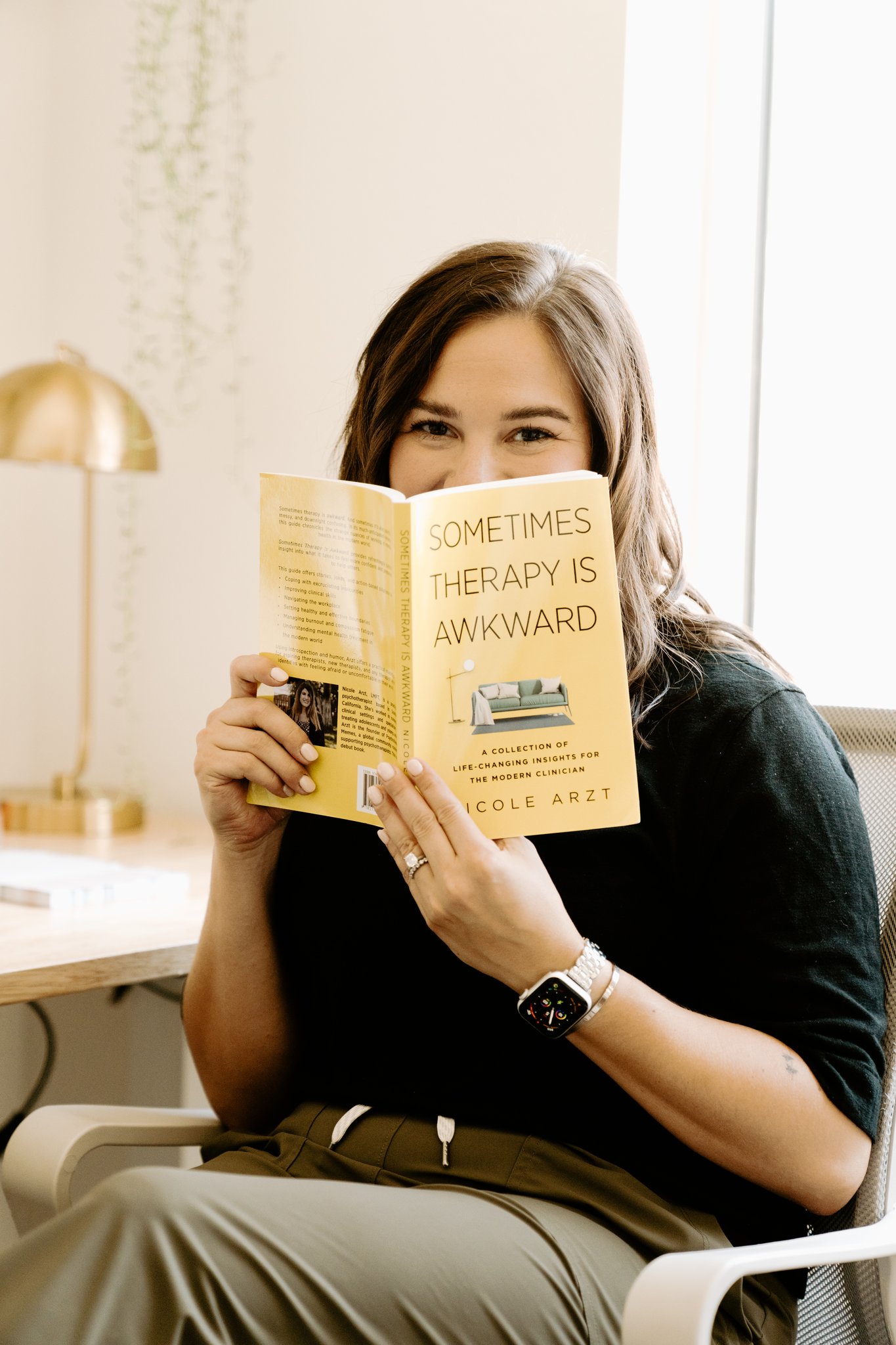
If you could go back in time, do you think you would have chosen a different profession or specialty?
If I could go back, I would absolutely choose the same profession and specialty—without a doubt. My journey as a therapist, particularly as an art therapist, feels like the perfect alignment of my personal strengths, passions, and values.
I’m a visual person with a creative mind, and I also have a deep appreciation for reason and logic. This duality has shaped the way I approach therapy. As a clinician, I’m able to blend both sides of my brain—connecting creativity with structured thought to better understand my clients and help them access healing. The blend of expressive therapies, like art and movement, combined with evidence-based approaches, allows me to tailor care plans to each individual’s unique needs, whether they’re struggling with ADHD, autism, brain injuries, anxiety, or other neurodivergent challenges.
Art therapy, in particular, has been an incredibly fulfilling way for me to practice because it allows my clients to engage in a non-verbal process of self-discovery and expression. The creative process opens up pathways that traditional talk therapy often can’t access—especially for people who find it difficult to articulate their emotions or experiences with words. In a way, it lets me speak both the language of logic and the language of the heart. That’s why I feel so deeply connected to this work: it lets me integrate my love for creativity with my logical, methodical approach to problem-solving.
Over the years, I’ve realized that my ability to see things visually and my drive to make sense of the world logically have allowed me to innovate within my field. I’m not just offering traditional therapy—I’m creating a space where creativity meets healing, where clients can explore and express themselves in ways that align with their personal experiences and developmental needs. It’s both an art and a science, and that balance is exactly what drives me.
Looking back, I don’t think I would be as fulfilled in any other profession. The blend of creativity, therapeutic practice, and individualized care is exactly where I’m meant to be. Helping my clients tap into their own potential, heal from trauma, and express themselves authentically feels like the most meaningful work I could do. I am proud of what I do, and if given the chance, I would make the same choice again—without hesitation.
Contact Info:
- Website: https://creativecontinuumaz.com
- Instagram: @creativecontinuumtherapy
- Facebook: https://www.facebook.com/profile.php?id=61568712176334
- Linkedin: https://www.linkedin.com/company/creative-continuum-therapy
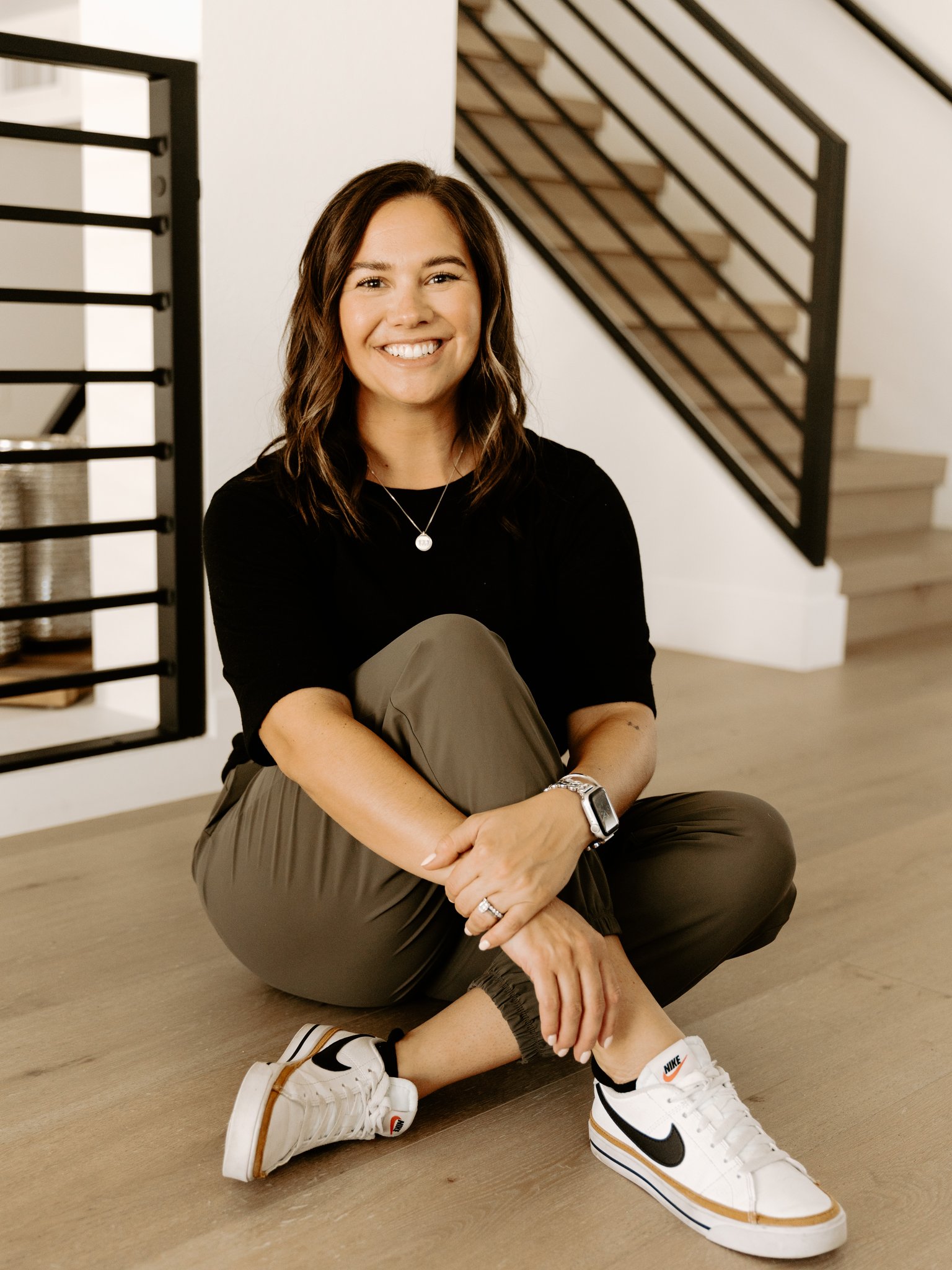
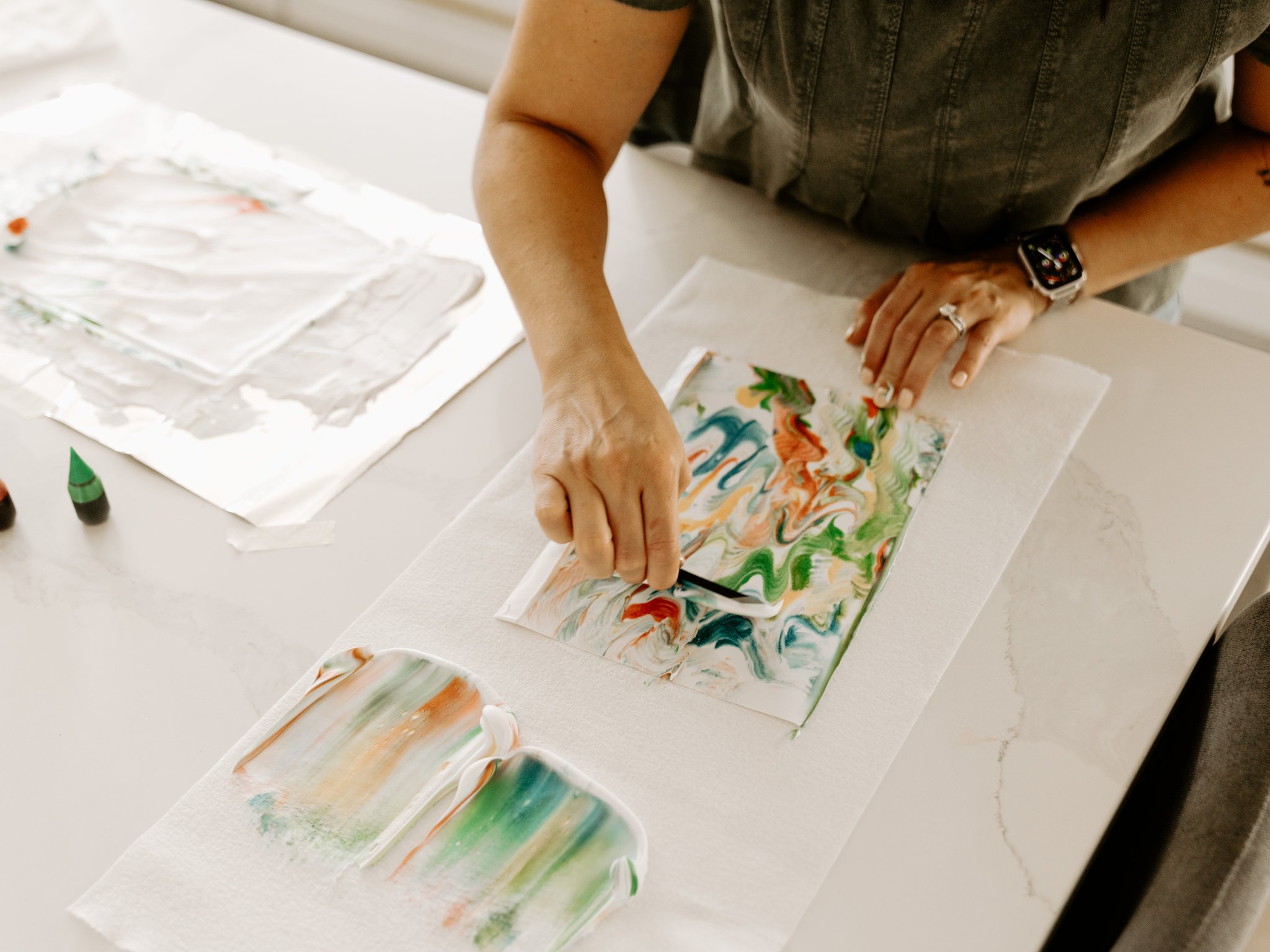

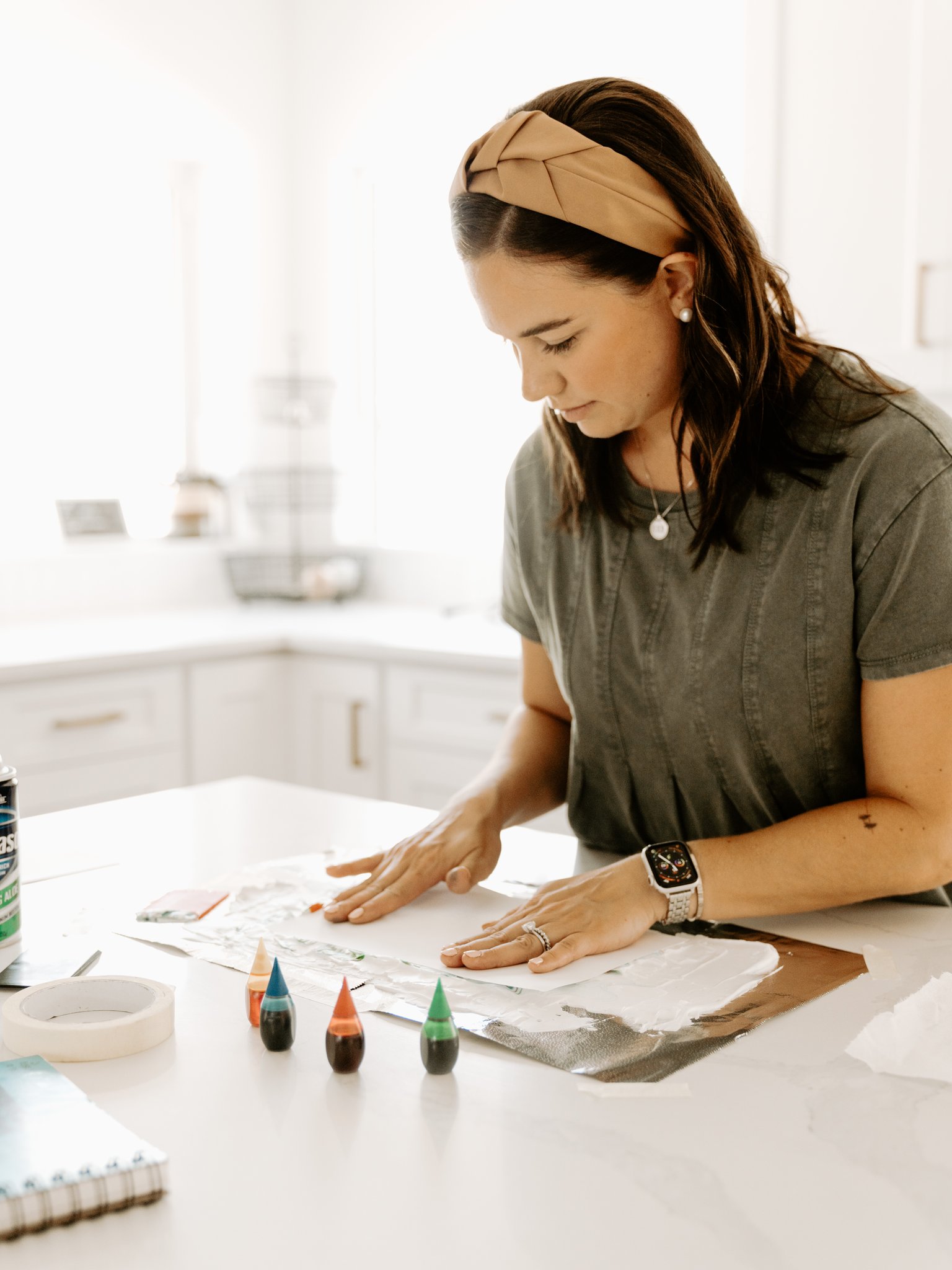
Image Credits
Megan Carey Photography


